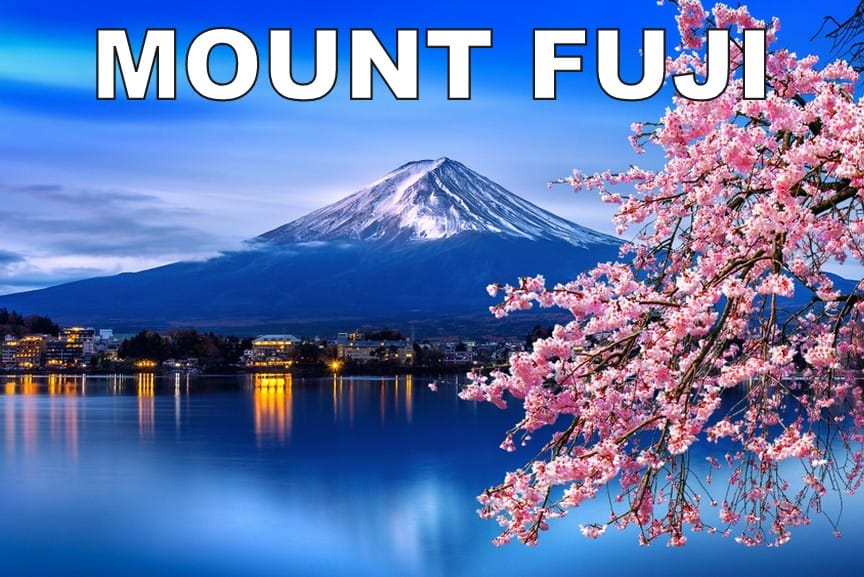
Mount Fuji is one of the world’s most famous mountains. Known for its beauty and perfectly symmetrical cone shape, it is frequently depicted in art and photographs.
Where is Mount Fuji Located?
Mount Fuji is located in Japan. It is the tallest mountain in the country, situated approximately 60 miles (100 kilometers) southwest of Tokyo on Honshu Island.
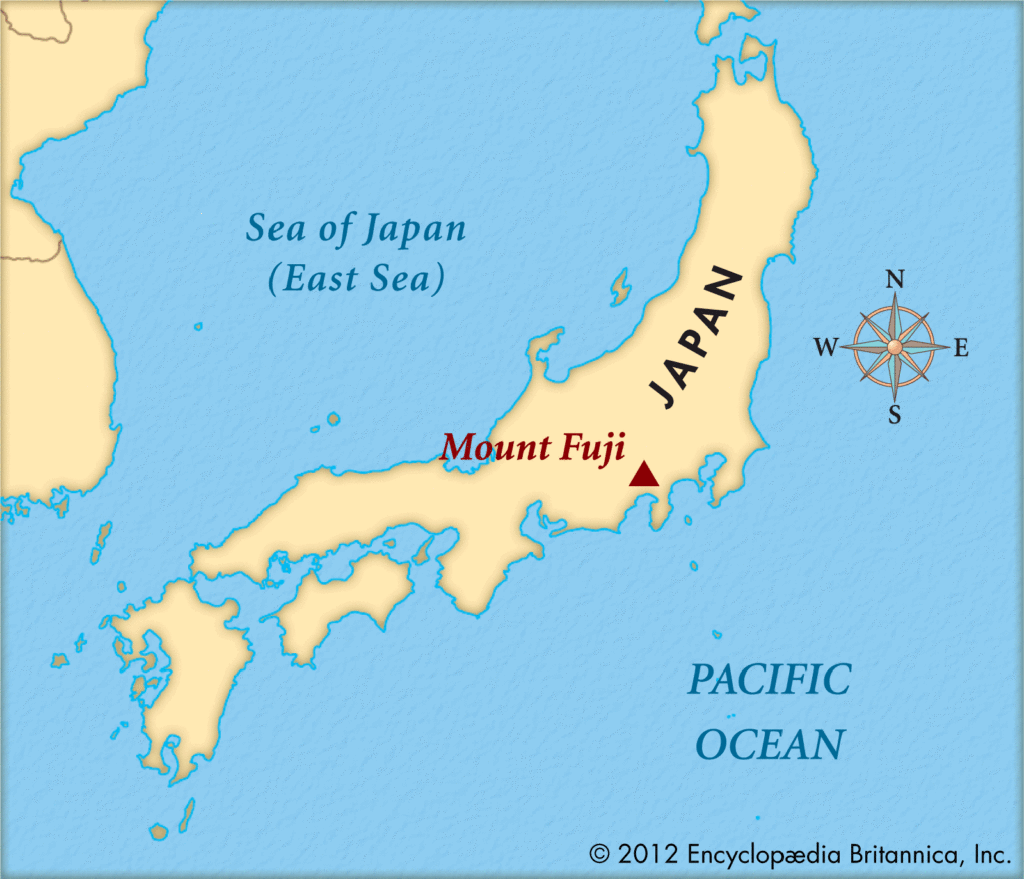
How Tall is Mount Fuji?
Mount Fuji stands at 12,389 feet (3,776 meters) tall. It is the highest peak in Japan.
How Was it Formed?
Mount Fuji formed through several stages of volcanic activity. This began over 700,000 years ago.
The formation is intricately linked to the tectonic movements in the region, where the Pacific Plate subducts beneath the North American Plate. The friction and heat from this movement led to volcanic eruptions where layers of lava flows and ash deposits piled atop each other over millennia. Its current shape began forming around 10,000 years ago, with its last eruption occurring in 1707.
How Long Does it Take to Climb?
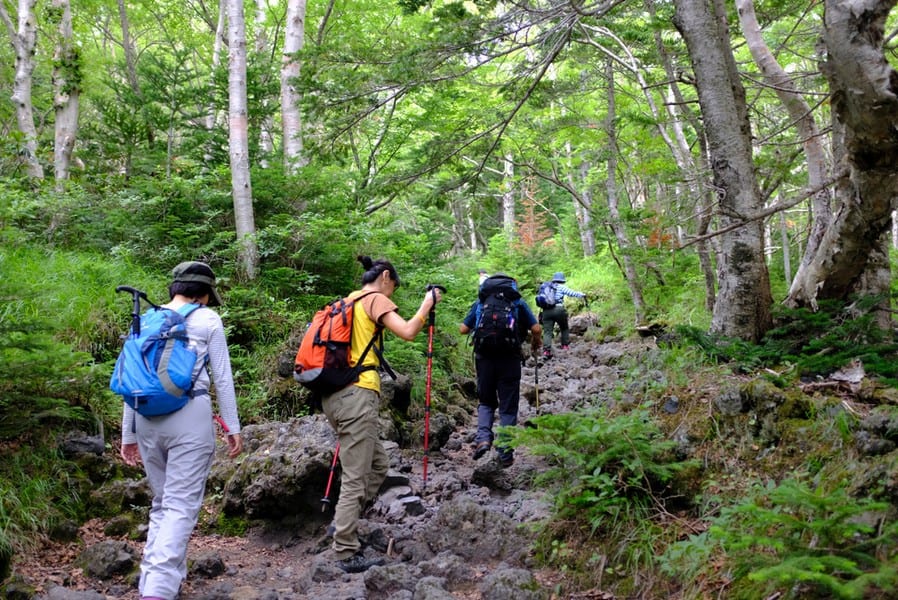
Climbing Mount Fuji is a popular activity. Most climbers undertake the ascent and descent within one day, although some choose to stay overnight at one of the mountain huts. The typical climb, depending on the route and individual pace, can take anywhere from 5 to 8 hours to ascend and 3 to 5 hours to descend.
How Hard is it to Climb Mount Fuji?
Climbing Mount Fuji is considered a moderate challenge. While technically not demanding—requiring no rock climbing or advanced mountaineering gear—it does require physical stamina and endurance. The oxygen level at the summit is significantly lower than at sea level, making breathing more difficult and physical exertion more strenuous.
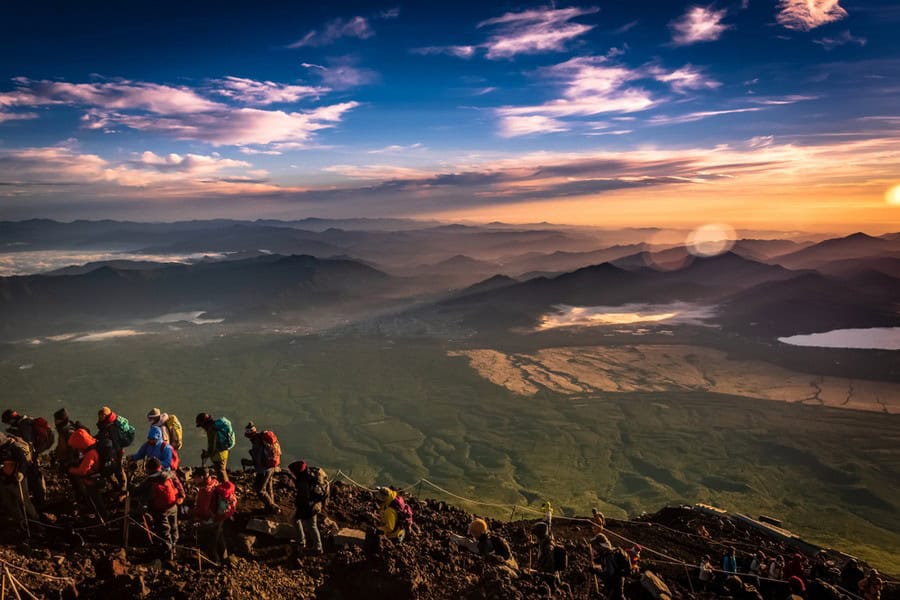
The climb is mostly on well-maintained trails, but the elevation can be taxing. Climbers face a rapid altitude gain, which can lead to altitude sickness. Additionally, weather conditions on Mount Fuji can be harsh and unpredictable. The mountain’s elevation exposes it to rapid weather changes, including cold temperatures, strong winds, and sudden rainstorms, even during the summer months.
What is the Success Rate?
The success rate for reaching the summit of Mount Fuji is quite high, estimated at around 90%. The accessibility of the mountain, coupled with well-trodden paths and sufficient amenities, contributes to the high success rate of climbers.
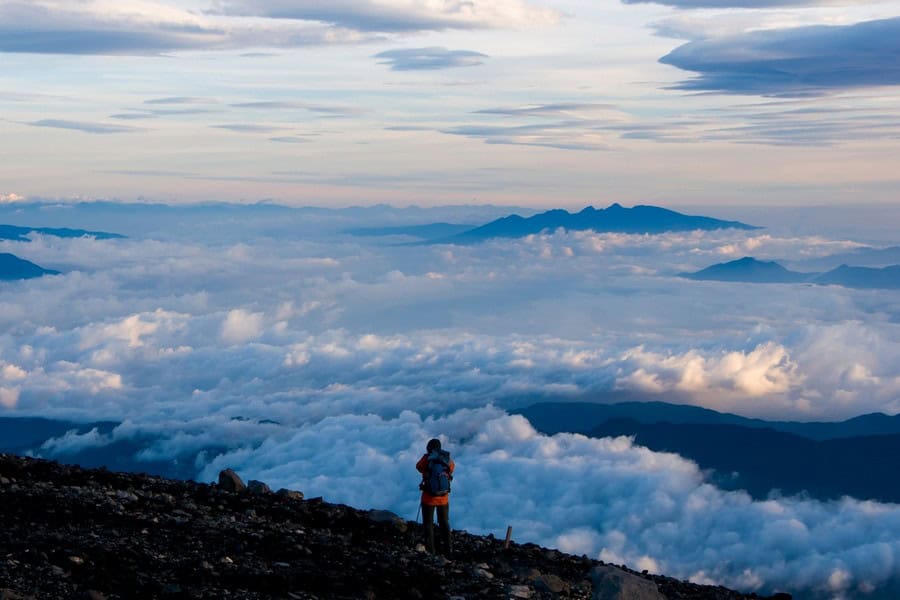
How Dangerous is it to Climb Mount Fuji?
The climb is relatively safe, particularly in comparison to many other famous peaks. Fatalities are rare but can occur.
One of the most significant risks on Mount Fuji is altitude sickness, which can affect anyone regardless of fitness level or experience. The swift ascent to over 12,000 feet (3,776 meters) means climbers may not have time to adequately acclimate. Symptoms of altitude sickness include headaches, nausea, dizziness, and in severe cases, it can become life-threatening if not addressed promptly.
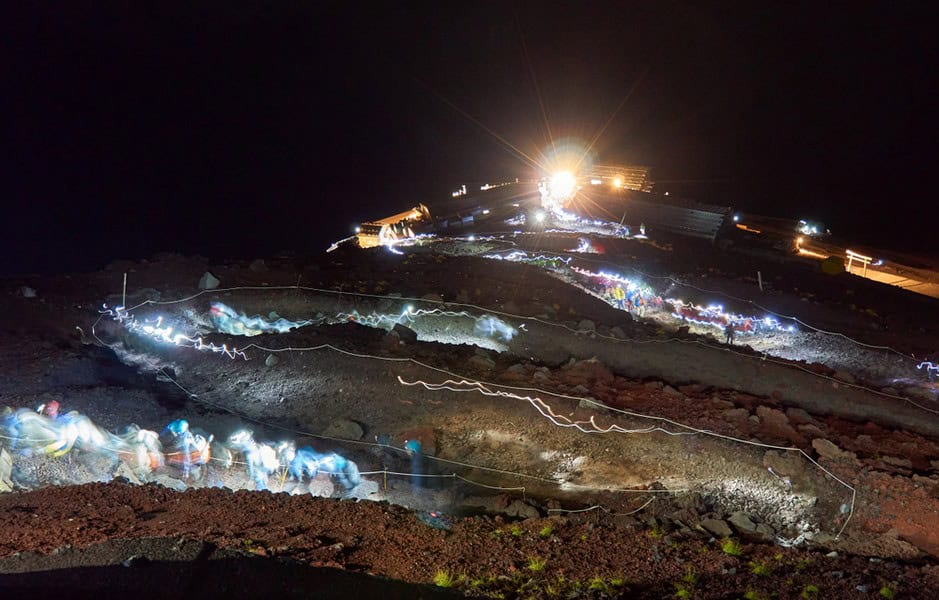
Mount Fuji’s weather is notoriously fickle and can change rapidly. Temperatures at the summit can be drastically colder than at the base, and wind chill can exacerbate the cold, leading to risks of hypothermia. Sudden storms can also bring heavy rain or snow, even during the summer months, reducing visibility and making trails slippery and more difficult to navigate.
The lengthy ascent and descent, typically completed within a day by many climbers, can lead to exhaustion. The descent, in particular, is challenging due to the loose volcanic gravel that can be slippery and taxing on the knees and ankles.
Inadequate preparation and inappropriate gear can also contribute to the dangers. Climbers must be equipped with appropriate clothing to handle cold and wet conditions, and footwear that provides sufficient grip and support. Moreover, navigating the mountain without adequate hydration and energy supplies can lead to dehydration and energy depletion, particularly among those who underestimate the physical demands of the climb.
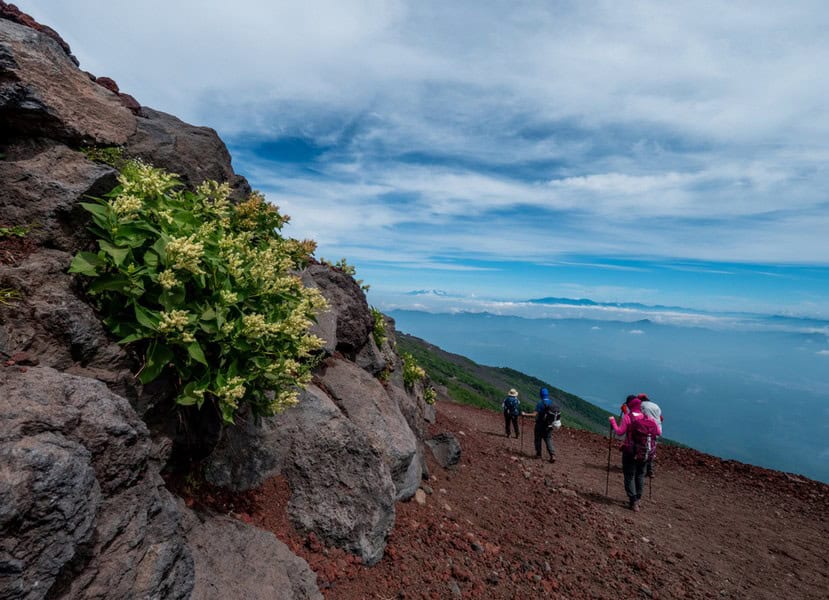
Despite these risks, fatalities and serious injuries on Mount Fuji are relatively low compared to more technical mountain climbs. Most accidents that occur on Fuji are due to falls, sudden health problems, or severe weather conditions.
Climbing Mount Fuji in winter presents an entirely different set of challenges and is far less common than during the official climbing season from July to September. Winter ascents are typically undertaken by experienced climbers as they require specialized equipment and skills. The mountain is covered with snow and ice, making the climb significantly more hazardous. The risk of avalanches increases, and the severe cold temperatures bring a higher risk of frostbite and hypothermia.
What is the Suicide Forest (Sea of Trees) of Mount Fuji?
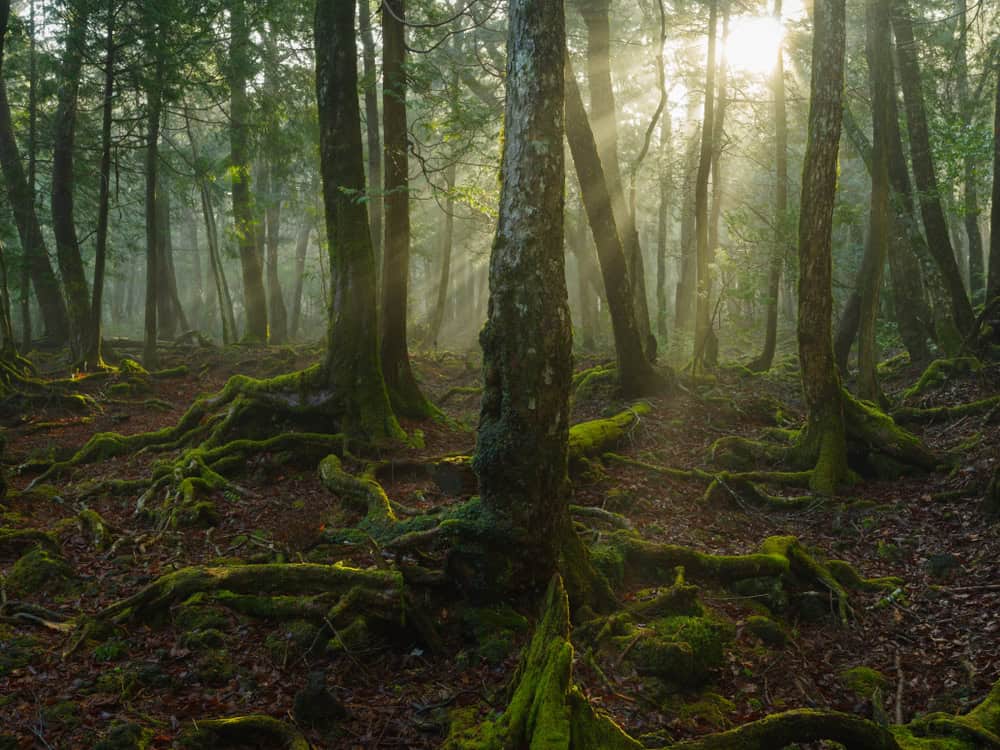
Mount Fuji is surrounded by the Aokigahara forest, also known as the Sea of Trees. This dense forest sprawls across approximately 12 square miles (30 square kilometers) at the northwestern base of the mountain. The forest has a thick growth of trees that blocks the wind and absorbs sound, creating an eerily quiet and still atmosphere.
Aokigahara has a historical reputation as a site for suicides. This tradition can be traced back to Japanese literature and the influence of popular culture, which have portrayed it as a place where individuals could die in peace and solitude. For example, Seichō Matsumoto’s novel Kuroi Jukai (Black Sea of Trees) tells the story of lovers who commit suicide in the forest, which has contributed to its dark allure.
In ancient times, during periods of famine and disease, there are tales of ubasute being practiced in the region—this was an alleged practice where the elderly or infirm were left in remote, desolate places such as forests, to die, thus reducing the strain on limited resources. Although largely mythological, these stories contribute to the forest’s dark reputation.
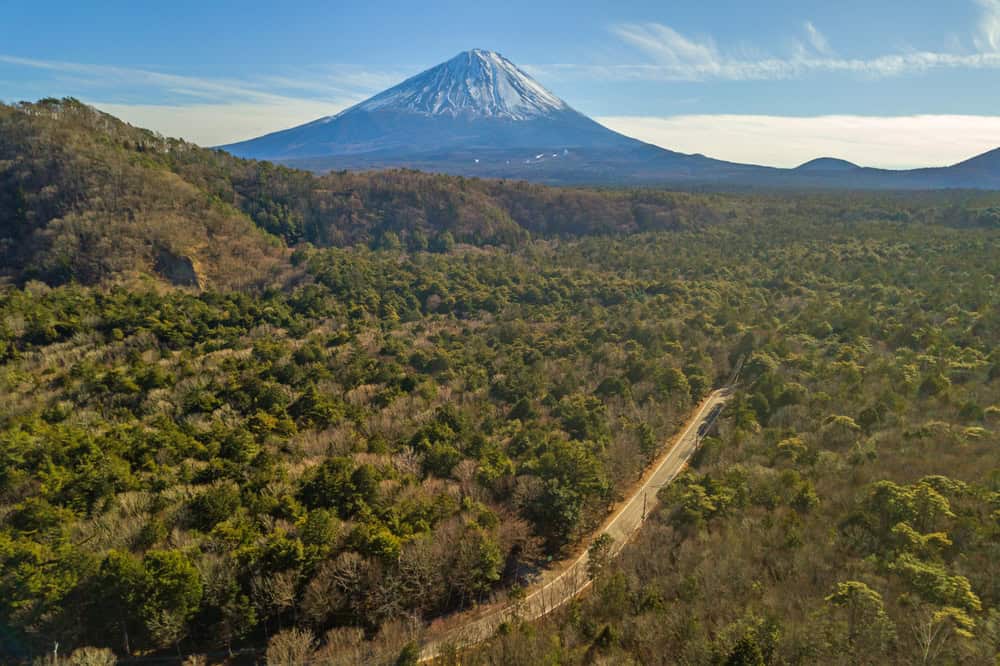
The forest’s proximity to Tokyo and its notoriety in both domestic and international media have made it a known location for those contemplating suicide. The coverage, unfortunately, perpetuates a cycle that draws more people to the site.
Efforts are ongoing to change this perception and reduce the number of incidents in Aokigahara. Authorities have posted signs with messages of encouragement and contact information for suicide prevention hotlines. Additionally, patrols and surveillance are conducted to provide assistance to those who might be in distress within the forest.
Can Beginners Climb Mount Fuji?
Yes, Mount Fuji is suitable for beginners who are physically fit. It provides an excellent opportunity for new climbers to experience a significant peak without technical climbing skills.
Climbing Mount Fuji is very accessible. During the official climbing season, the mountain’s well-maintained trails and safety measures allow even novice hikers to reach the summit. The infrastructure around Mount Fuji, including paved paths, rest stations, and guide services, facilitates a safe and achievable climb, encouraging participation from all age groups and fitness levels.
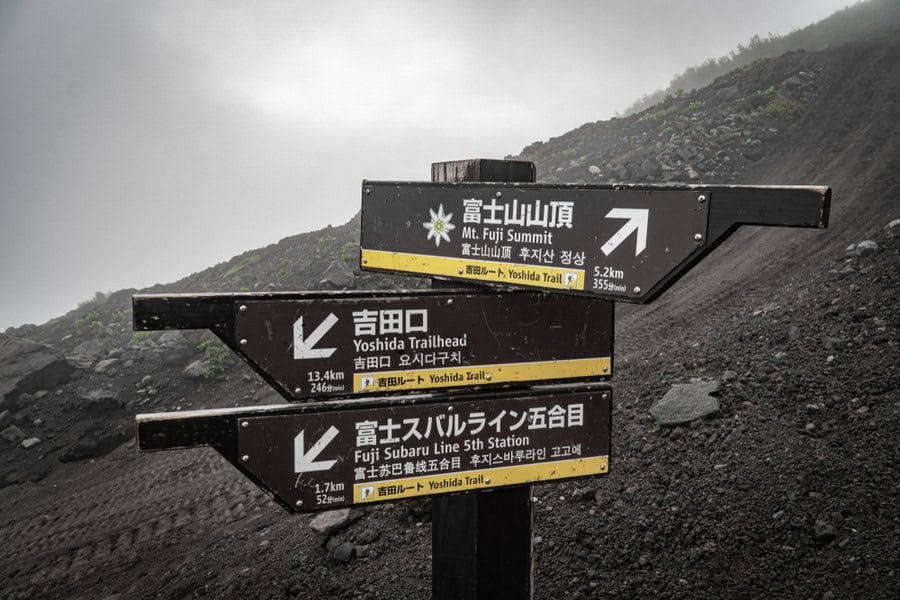
Who Was the First to Climb Mount Fuji?
The first recorded ascent of Mount Fuji was by an anonymous monk in 663 AD. The mountain has long been considered sacred, attracting pilgrims and cultural devotees alongside climbers and adventurers.
Why is Mount Fuji Special?
Mount Fuji holds a special place in Japanese culture, regarded as a sacred symbol of beauty and reverence. Its nearly symmetrical conical form has inspired artists, poets, and pilgrims for centuries, making it a pervasive icon in both historical and modern Japanese art and literature.
The status of Mount Fuji is deeply rooted in the Shinto religion, where it is revered as the abode of the kami (spirit) Konohanasakuya-hime, the goddess of volcanoes and cherry blossoms. This spiritual significance compels many Japanese to undertake a pilgrimage to the summit at least once in their lives, fulfilling a cultural and religious rite of passage. Climbing Mount Fuji, therefore, transcends physical challenge—it is a journey of spiritual purification. It offers climbers a chance to reflect, meditate, and reconnect with nature.
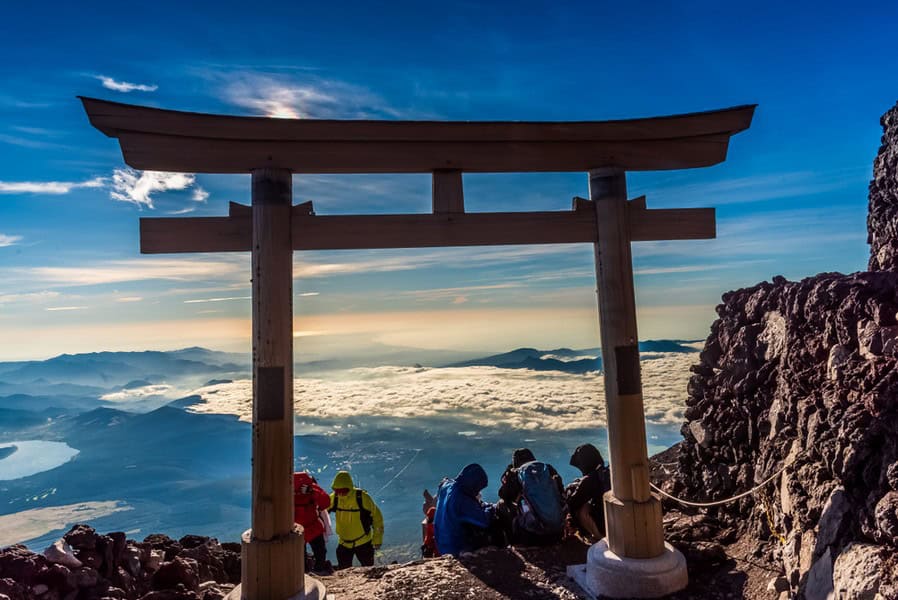
Moreover, the act of climbing Mount Fuji is intertwined with the Japanese concept of perseverance and self-improvement. Known in Japanese as “Fuji-san,” the mountain challenges climbers to overcome their limitations and experience the triumph of reaching its summit. This aligns with the broader Japanese values of endurance and respect for nature, which are instilled from a young age.
Finally, the cultural practice of watching the sunrise from the summit—known as “Goraiko”—offers a compelling reason for many Japanese to climb Fuji. Witnessing the sunrise from above the clouds is considered a symbolic experience of rebirth and renewal, enhancing Fuji’s reputation as a mountain that everyone should ascend at least once in their lifetime.
How Many People Climb Per Year?
Approximately 300,000 people climb Mount Fuji every year, with the vast majority making the ascent during the short official climbing season in the summer months.
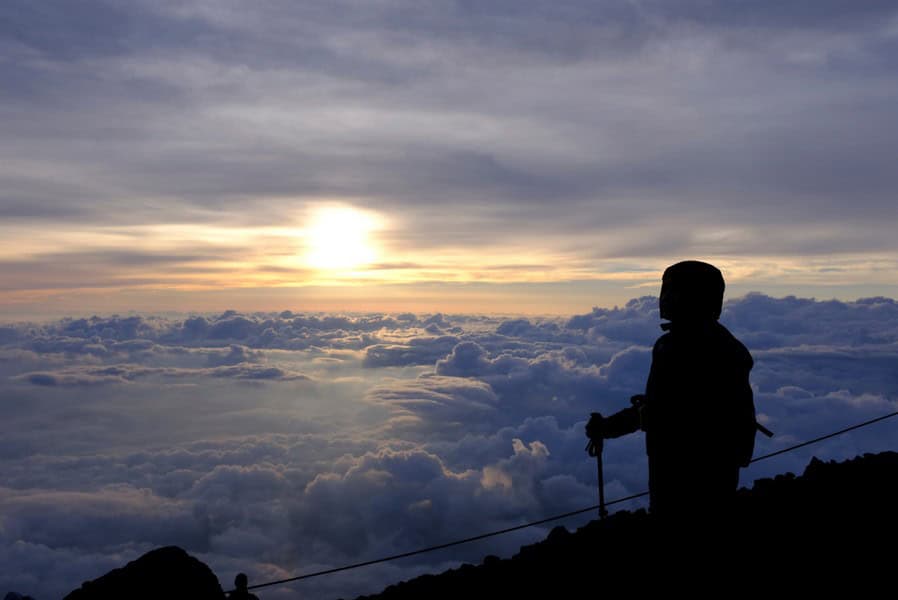
How Do You Train to Climb Mount Fuji?
Training for Mount Fuji should include cardiovascular exercises such as walking, hiking, or running to build endurance. Strength training can also be beneficial, particularly for the lower body. It is also advisable to engage in several long-duration hikes to acclimate to extended periods of physical exertion.
What is the Best Time to Climb Mount Fuji?
The best time to climb Mount Fuji is during the official climbing season from early July to mid-September. This window is recommended due to the relatively stable weather conditions, the operational status of mountain facilities, and the availability of support services along the climbing routes.
The most popular times to climb Mount Fuji are during the weekends of July and August when the weather is at its best for climbing. However, these periods also tend to be the most crowded. Those seeking a less congested experience might consider climbing on weekdays or in late August to early September when the number of climbers typically decreases.
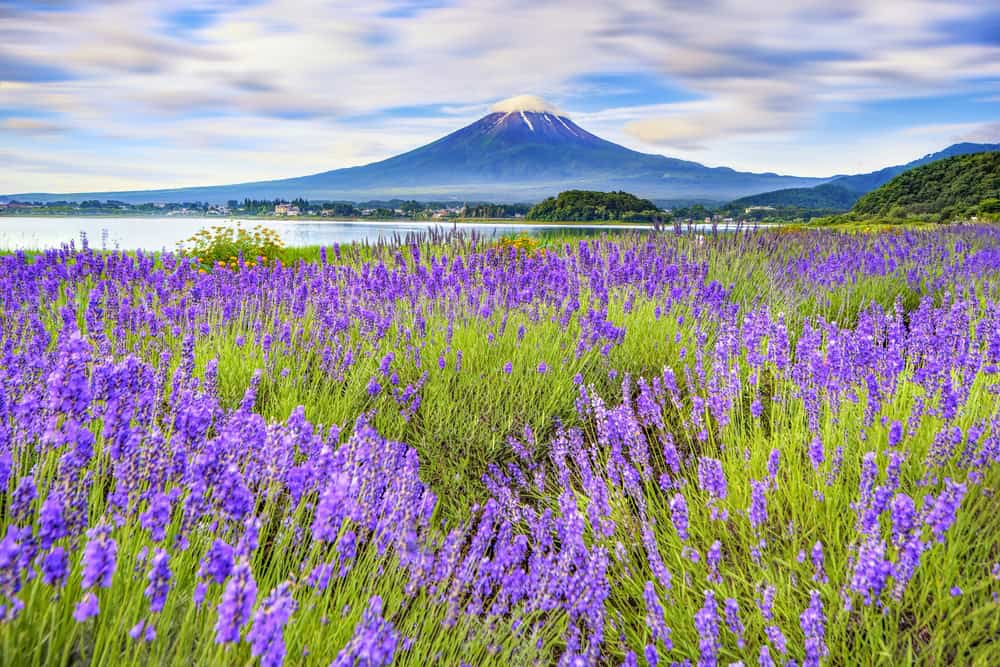
Summer Season (July to September): During these months, the weather on Mount Fuji is generally mild and conducive to hiking. Temperatures at the summit, however, can still be quite cold, often dipping below 41°F (5°C), even in the height of summer. Nighttime temperatures can fall to around 32°F (0°C) or lower, especially at higher altitudes.
Off-Season (Late September to June): Climbing Mount Fuji outside of the official season is significantly more challenging and is generally advised against for casual hikers. The mountain is not patrolled regularly during these months, and the weather conditions can be harsh and unpredictable. Snow covers the mountain, increasing the risk of avalanches and severe cold exposure, with temperatures at the summit dropping well below freezing.
The infrastructure, including public restrooms and mountain huts, is closed outside the summer season, meaning there are no on-site amenities or places to seek refuge in case of sudden weather changes or emergencies.
How Many Climbing Routes Are There on Mount Fuji?
There are four main routes to the summit of Mount Fuji.
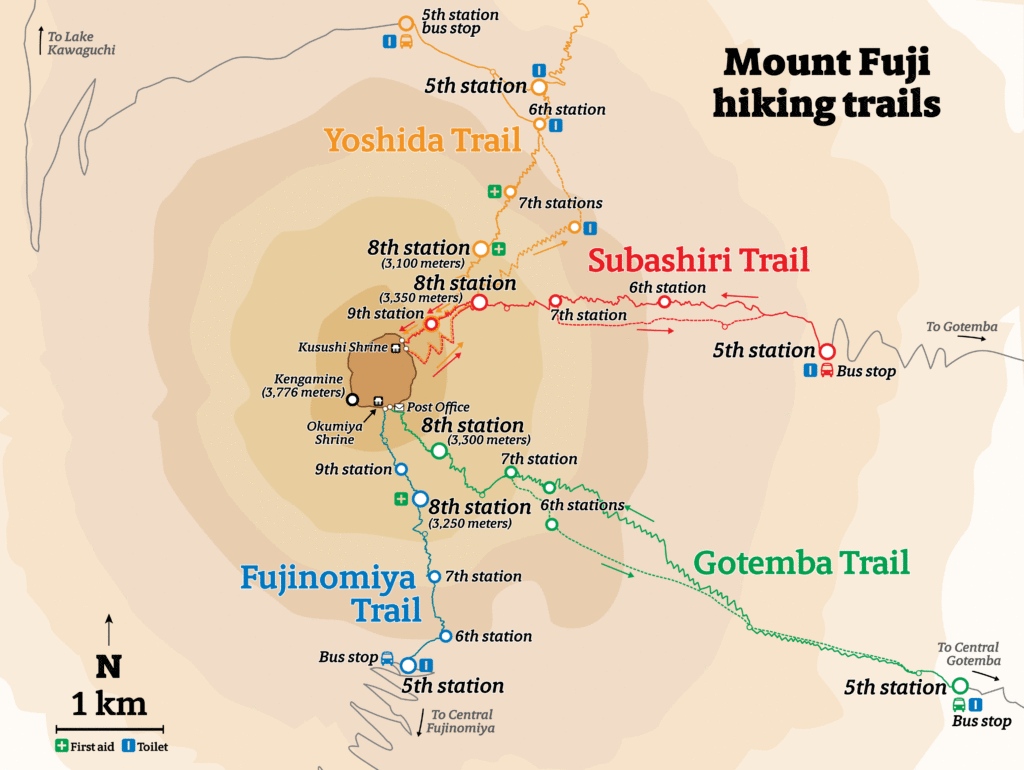
Yoshida Trail: The most popular and well-equipped route. This route is favored for its accessibility and the comprehensive facilities it offers, including mountain huts and rest stations spaced at regular intervals. The trail is approximately 4 miles (6 kilometers) long and takes about 6 to 8 hours to ascend. Due to its popularity, it can get quite crowded, especially during the official climbing season in July and August.
Subashiri Trail: This trail merges with the Yoshida Trail. It is known for its forested path, which provides a sheltered climb for about the first half of the trek. This cover offers a cooler ascent, making it a preferred choice for those climbing during the day. The ascent takes approximately 6 to 8 hours, similar to the Yoshida Trail, but the route tends to be less crowded, providing a more tranquil experience up to the point where it joins the Yoshida route.
Gotemba Trail: This is the longest route, making it the most challenging and least crowded. The ascent can take approximately 7 to 10 hours. The trail is known for its loose volcanic ash in the upper parts, which can make the descent particularly fast but also taxing and slippery during the ascent. This route is recommended for experienced hikers seeking a quieter, more enduring climb.
Fujinomiya Trail: This the shortest route to the summit, making it a popular choice for those who prefer a steeper, more direct climb. The ascent takes about 5 to 7 hours. It has several mountain huts and is well-traveled, providing good support for climbers. Due to its southern approach, it offers spectacular sunrise views, making it particularly popular for those aiming to reach the summit by dawn.
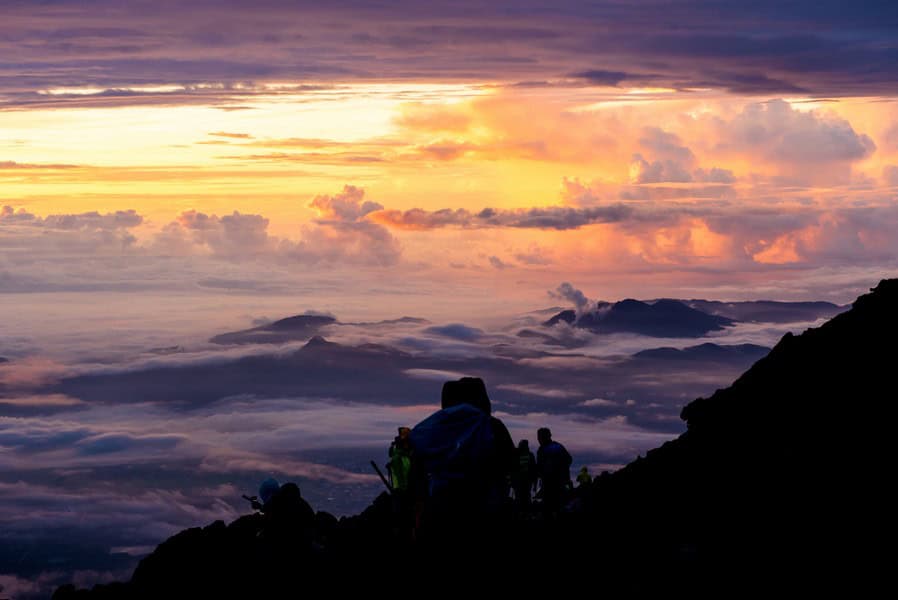
How Much Does it Cost to Climb Mount Fuji?
The cost to climb Mount Fuji is relatively low, primarily involving transportation, food, and optional accommodation costs. There are no mandatory fees for climbing, but donations are accepted at trailhead stations.
How Does One Travel to Mount Fuji?
Travelers typically fly into Tokyo, the closest major international hub, and then travel by bus or train to the mountain’s base. The extensive public transportation network in Japan makes access to Mount Fuji straightforward and convenient from anywhere in the country.
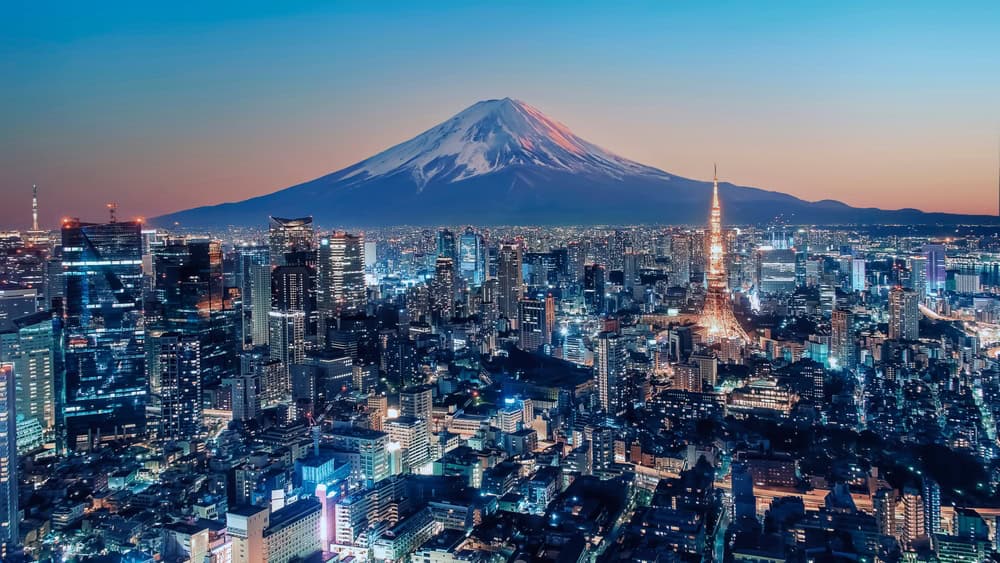
How Does Climbing Kilimanjaro Compare to Mount Fuji?
Climbing Kilimanjaro and Mount Fuji offer different experiences. Here’s a detailed comparison of these two climbs, focusing on aspects such as technical requirements, physical demands, and overall experience.
Technical Requirements
Both Mount Fuji and Kilimanjaro are non-technical peaks. The standard routes are straightforward, primarily involving well-maintained trails that do not require the use of technical climbing gear. Both mountains can be completed without prior mountaineering experience, making them accessible to beginners who are in good physical condition.
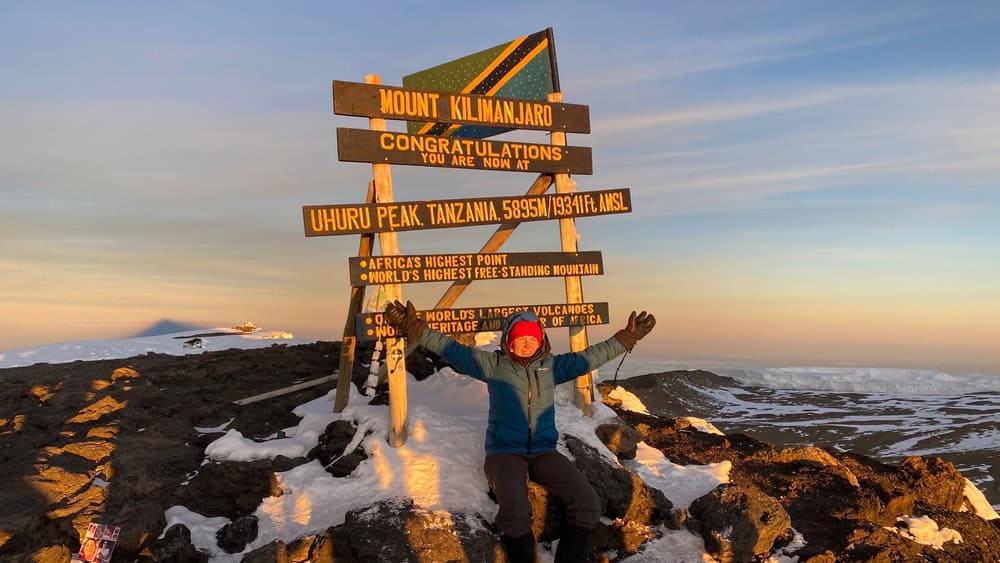
Physical Demands
The physical demands of climbing Kilimanjaro are considerably greater due to its higher elevation and longer duration. Kilimanjaro stands at 19,341 feet (5,895 meters), requiring climbers to endure five to nine days on the mountain, depending on the route. This extended exposure to high altitudes demands more physical stamina and thorough acclimatization to avoid altitude sickness.
Mount Fuji, at 12,389 feet (3,776 meters), can be climbed in one day. The climb, while still challenging due to the rapid altitude gain and potential for altitude sickness, requires far less time and endurance compared to Kilimanjaro. This makes scaling Mount Fuji much easier.
Acclimatization
Acclimatization is a critical factor in the success of climbing Kilimanjaro. The prolonged duration of the climb helps climbers adjust to the altitude gradually, provided they follow a sensible itinerary. In contrast, the shorter climb of Mount Fuji offers less time to acclimatize, which can be a significant challenge despite its lower altitude.
Cost
Climbing Mount Kilimanjaro is significantly more expensive due to the longer duration of the climb, the necessity for guides and porters, and higher park fees. The total cost typically ranges from $2,000 to $6,000. In contrast, climbing Mount Fuji is considerably cheaper, with costs ranging from $100 to $600. These costs reflect the shorter climbing period (typically 1 to 2 days), the optional nature of guides, and the absence of mandatory park fees.




























































